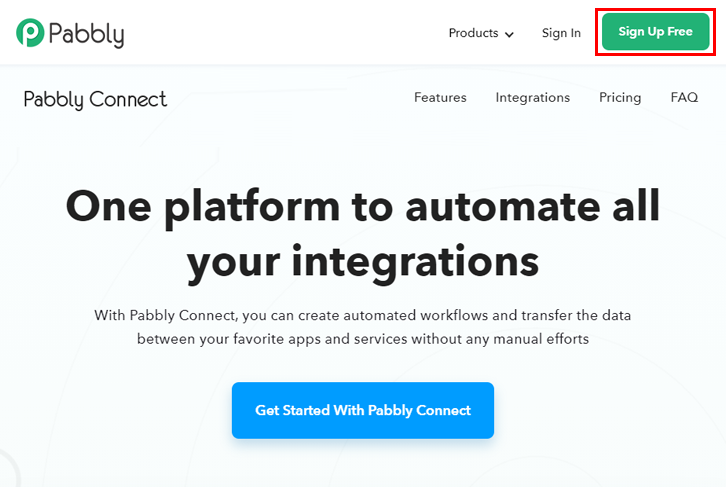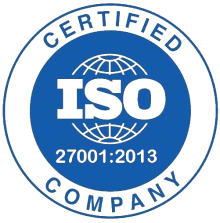Are you tired of looking for a way to create HubSpot CRM contact from BigCommerce order automatically?
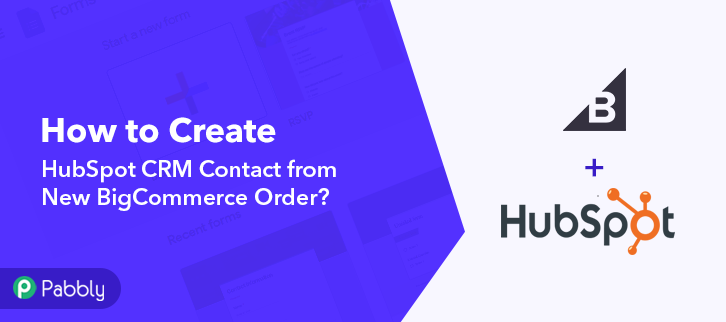
Well, don’t worry about it anymore! As here we have a perfect solution for you through which you can create HubSpot CRM contact from BigCommerce order. This magic tool is known as Pabbly Connect. Using this software, one can easily integrate two or more two applications to automate the entire mechanism. And that too without any coding skills.
Why Choose This Method Of Integration?
In contrast with other integration services-
- Pabbly Connect does not charge you for its in-built apps like filters, Iterator, Router, Data transformer, and more
- Create “Unlimited Workflows” and smoothly define multiple tasks for each action
- As compared to other services which offer 750 tasks at $24.99, Pabbly Connect offers 50000 tasks in the starter plan of $29 itself
- Unlike Zapier, there’s no restriction on features. Get access to advanced features even in the basic plan
- Try before you buy! Before spending your money, you can actually signup & try out the working of Pabbly Connect for FREE
But before we begin the procedure, let’s know a little bit about both software. So basically, BigCommerce is an eCommerce platform that lets users 100’s of features, secure hosting, advanced SEO, and fantastic multi-channel integration. Whereas, HubSpot CRM is an inbound marketing & sales platform that helps companies to attract visitors, convert leads, and close customers.
With the help of Pabbly Connect, whenever new order will be created in BigCommerce, the contact info will be saved in HubSpot CRM automatically. We have also embedded a video tutorial for this integration, have a look at it-
Pabbly Connect enables you to integrate unlimited premium applications without any coding skills. Simply integrate it once & relax, it will handle all the workload later. Plus, you can access all the features even in its free plan.
Besides that, we have a template for this integration that can assist you to begin your integration journey in no time. Simply go to Marketplace and look for the apps you use to start integration. Just tap on the image below to get started.
Thus, without taking any more of your time, let’s follow the step by step procedure to integrate BigCommerce and HubSpot CRM.
Step 1: Sign up to Pabbly Connect
Begin the process to create new HubSpot CRM contact from the new BigCommerce order by clicking on the “Sign Up Free” icon on the Pabbly Connect home page. You can either manually fill-up all the details or sign up using your Gmail account.
Try Pabbly Connect for FREE
After logging into the account, press the “Access Now” button of the Connect section in the dashboard. Begin with creating a workflow for your project by pressing on the ‘Create Workflow’ button. Next, name the workflow just like in the above-shown image. I named the workflow “BigCommerce to HubSpot”, you can obviously name the workflow as per your requirements. After naming your workflow, select the application you want to integrate. Pabbly Connect enables you to integrate unlimited premium applications, so create your free account now. Next, select the application that you want to integrate. Here, we are choosing “BigCommerce” for integration. In the method section, select “New Order Created”. Once you select the application, click on the “Connect with BigCommerce” button to proceed further. Now, in order to connect BigCommerce with Pabbly Connect, you have to authorize the application. And to do so, you have to log in to your BigCommerce account. Primarily, go to the Bigcommece dashboard and press the “Advanced Settings” option. Promptly, press the “API Accounts” to move forward. Later on, hit the button named “Create API Account” and then choose the option “Create V2/V3 API Token”. Now, copy the API Path highlighted in the image and then press the “Save” button. After pressing the “Save” button, a window will pop-up with API keys. Simply copy the “Client ID & Access Token” then press the “Done” button. Promptly, paste the respective API keys & tokens in the mentioned columns. Then click on the “Save” button. Subsequently, to check this integration, we will capture the data from BigCommerce, and for that, we will create a dummy order in BigCommerce. After adding the webhook URL to your BigCommerce account, now we will click on the “Capture Webhook Response” button to capture the data from BigCommerce. Now, to add a new order, just go to Bigcommerce account and make a dummy purchase. After placing the order in BigCommerce, the order info will appear on the Pabbly Connect dashboard. Next, press the “Save” button. Consequently, in order to make this BigCommerce-HubSpot CRM integration work, you have to choose two actions for your trigger. First, BigCommerce to get the proper order info from the order ID that we got in the trigger part. Second, HubSpot CRM to update the info in the contact list. Next, hit the + button below & choose the application that you want to integrate. Here we will choose “BigCommerce” and in the method section select “Get Order By Id”. After choosing the application press the “Connect with BigCommerce” button. Promptly, choose the previously used credentials to move forward. After connecting with your BigCommerce account, map the “Order ID” & then hit the “Save & Send Test Request” button. Here, we can see that all the information about the new order is captured within Pabbly Connect. Hit the “Save” button to move forward. Now, press the + button below & choose the application that you want to integrate. Here we will choose “HubSpot CRM” and in the method section select “Create a New Contact”. Once you choose the application press the “Connect with HubSpot CRM” button to move forward. Later, to connect HubSpot CRM with Pabbly Connect, you have to authorize the application. For this, you have to log into your Google account. Once you press the connect button, a window will slide in from the right side asking for an “API Key”. Next, you have to hit the “Settings” icon in your HubSpot account to copy the API key. Afterward, press the “Integration” option & then select “API Key”. Furthermore, just copy the given API key to move further. Later, simply paste the copied API key & then hit the “Save” button. After connecting your HubSpot account, now it’s time to add all the field data like name, email id, etc. Map up all the fields promptly. After mapping up all fields press the “Send Test Request” button. Ultimately, when you check your HubSpot CRM, you can see that the contact info is updated automatically for the newly created order in BigCommerce. Well Done! Now that you have learned “How to Create New HubSpot CRM Contact from New BigCommerce Order”, you can integrate any applications via Pabbly Connect to automate your entire workflow without any coding skills. Pabbly Connect is a wonderful tool that you can use to automate your projects and save a lot of time and effort. So what are you waiting for? Go signup for a free account now for the best automation & integration experience.Step 2: Access Pabbly Connect
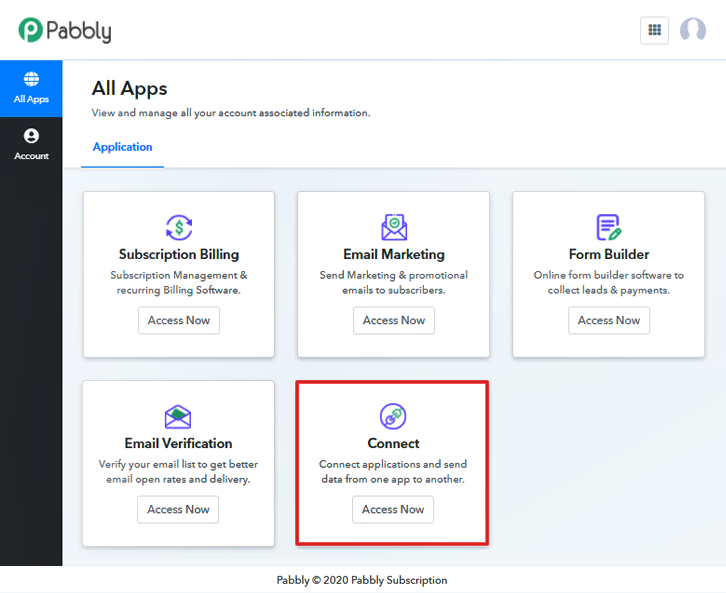
Step 3: Workflow for BigCommerce to HubSpot CRM Integration
(a) Start with a New Workflow
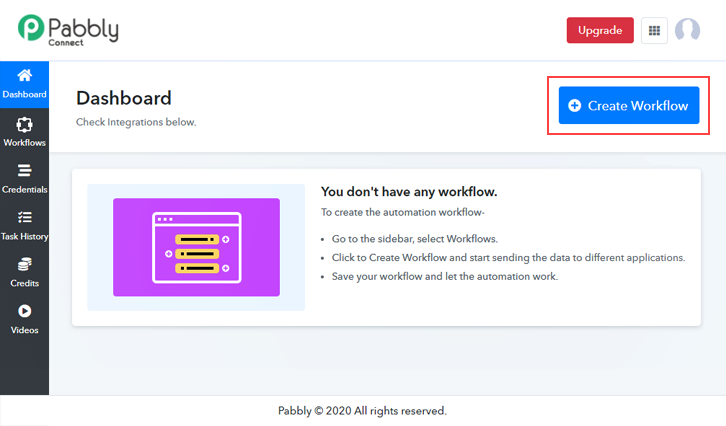
(b) Name the Workflow

Step 4: Setting Trigger for BigCommerce to HubSpot CRM Integration
(a) Select Application you Want to Integrate

(b) Click Connect Button

Step 5: Connecting BigCommerce to Pabbly Connect
(a) Go to Advanced Settings

(b) Click on API Accounts

(c) Create API Account

(d) Copy the API Path Key

(e) Copy the Client ID and Access Token

(f) Paste the API Keys
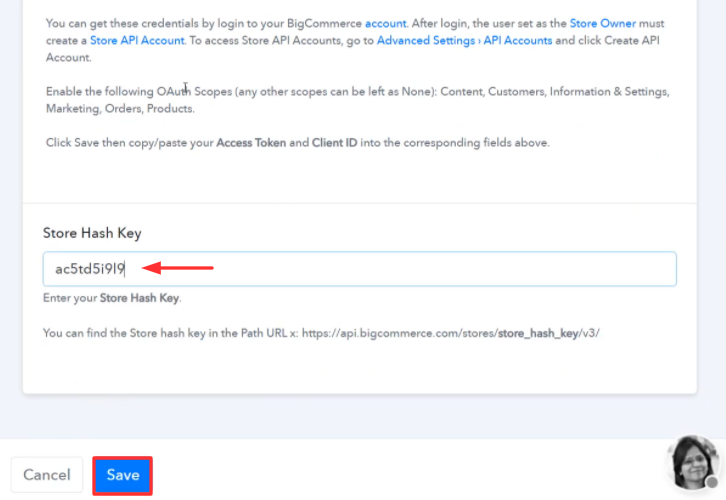
Step 6: Place a Dummy Order
(a) Capture Webhook Response

(b) Make a Dummy Purchase

Step 7: Test the Response in Pabbly Connect Dashboard

Step 8: Setting Actions for BigCommerce to HubSpot CRM Integration
(a) Select Application you Want to Integrate

(b) Authorize Application

(c) Save & Send Test Request

(e) Save the API Response

(f) Select Application you Want to Integrate
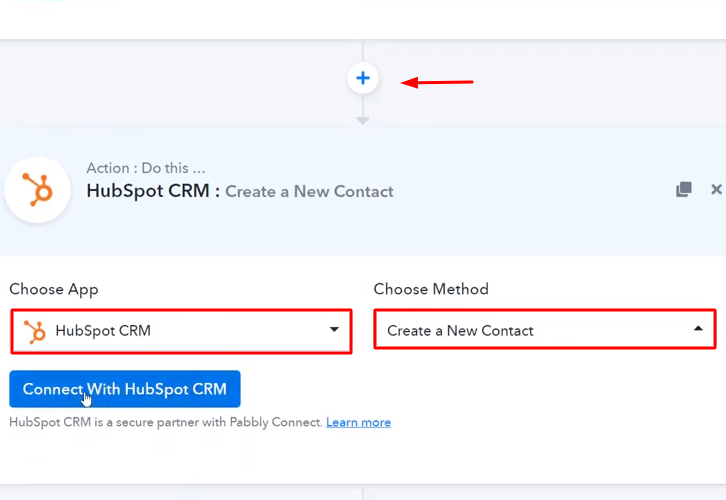
(g) Click the Connect Button
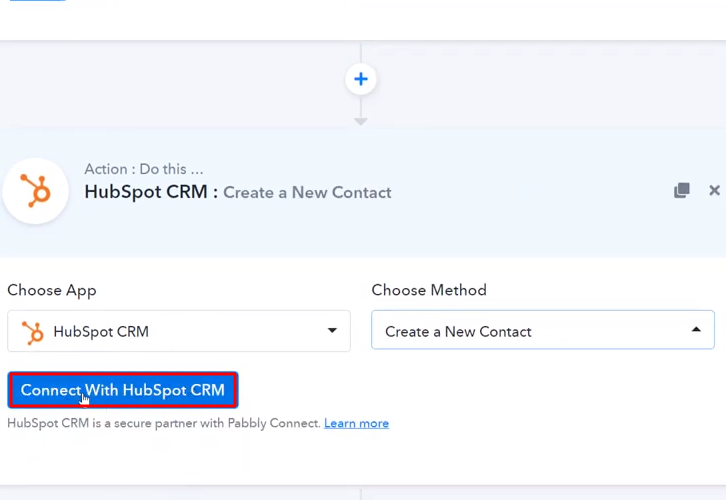
Step 9: Connecting HubSpot CRM to Pabbly Connect
(a) Click on HubSpot Settings Icon
![]()
(b) Click on Integrations
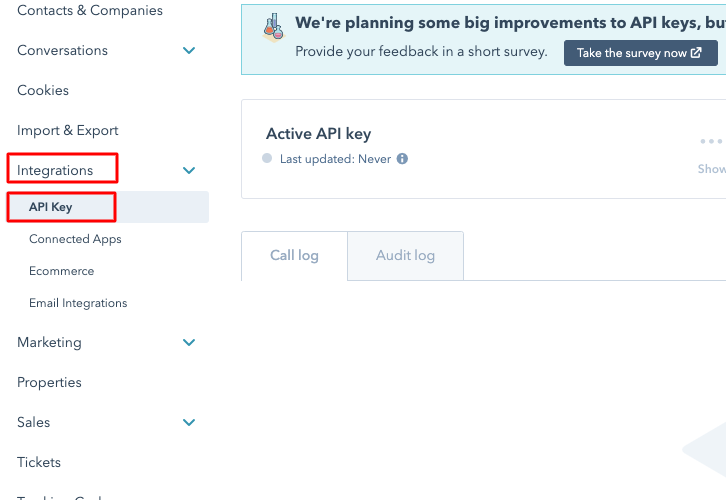
(c) Copy the API Key
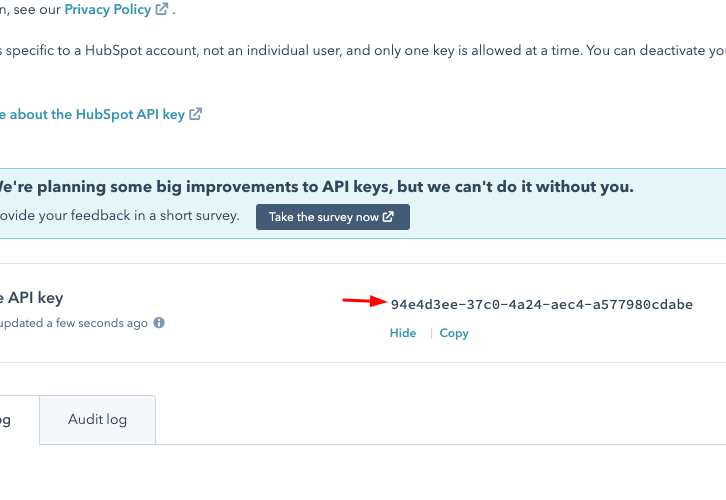
(d) Paste the API Key
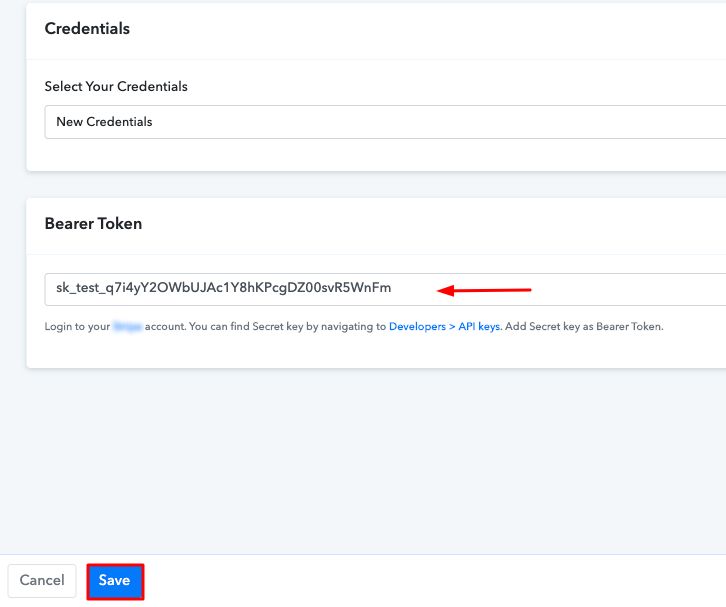
(e) Map the Fields

(f) Send a Test Request

Step 10: Check Response in HubSpot CRM

Conclusion –
You May Also Like To Read –

